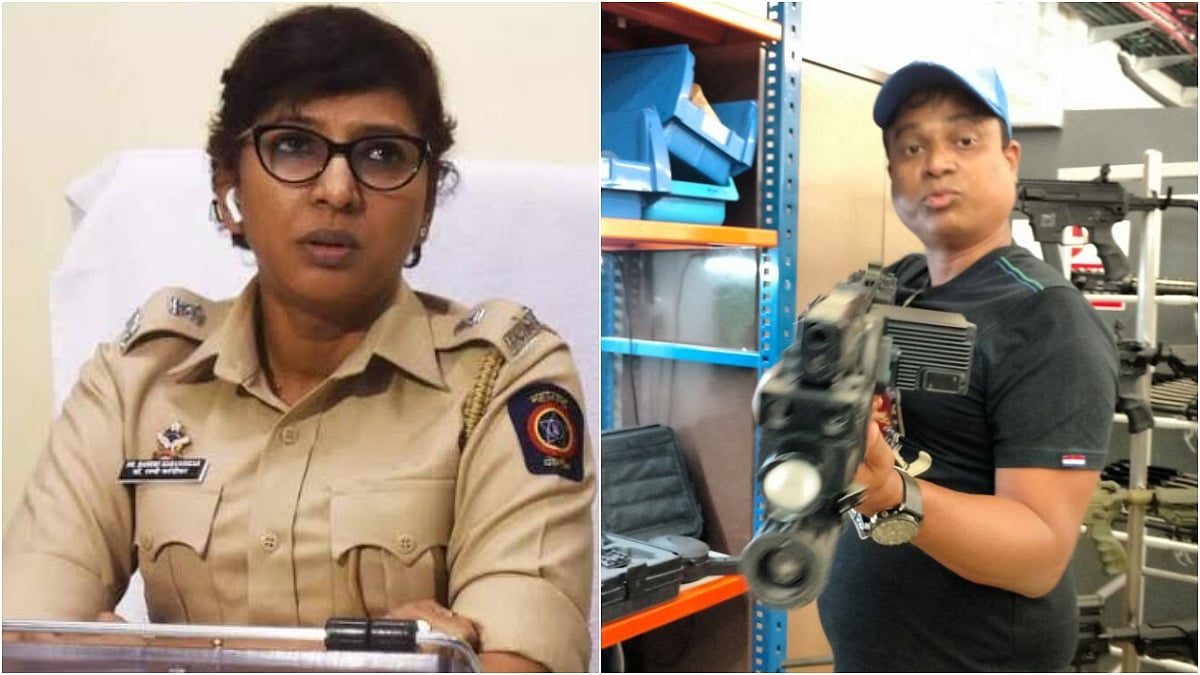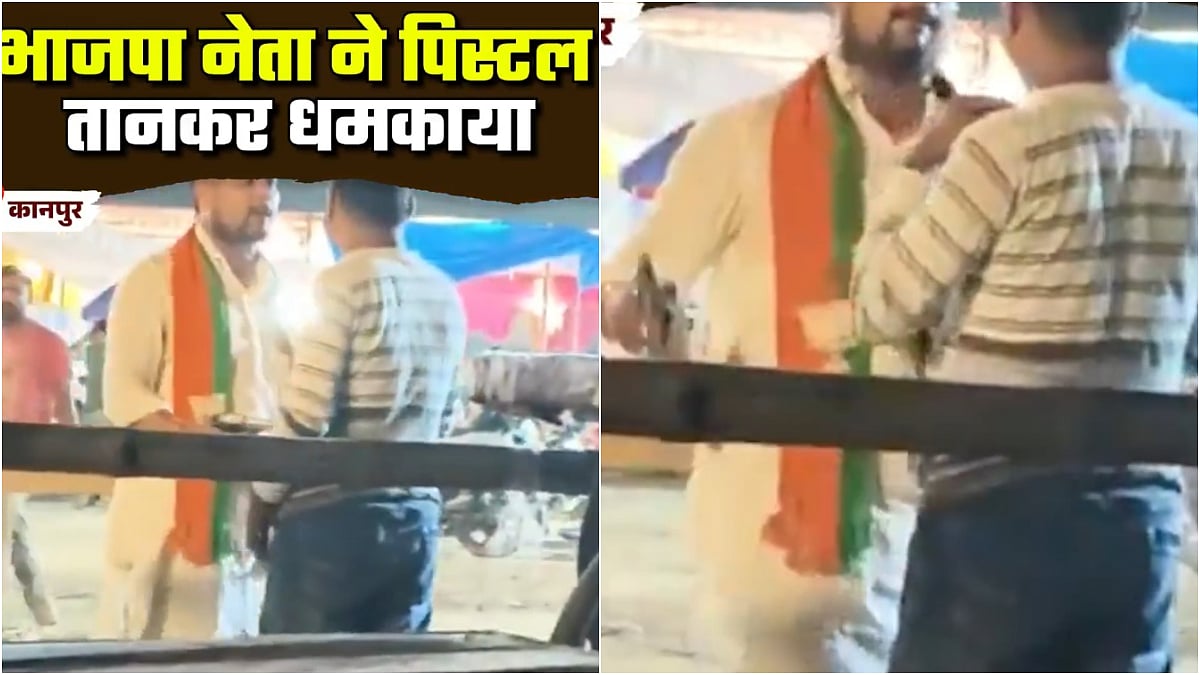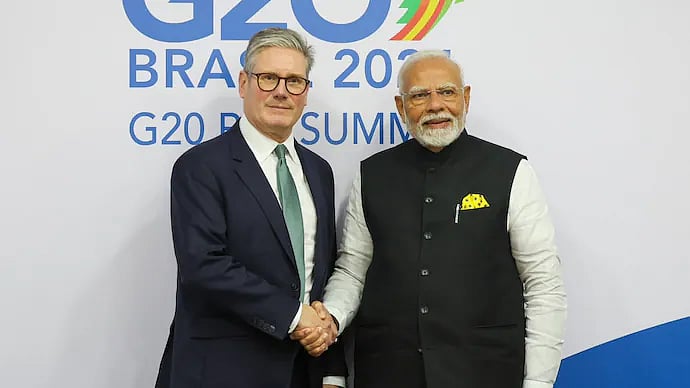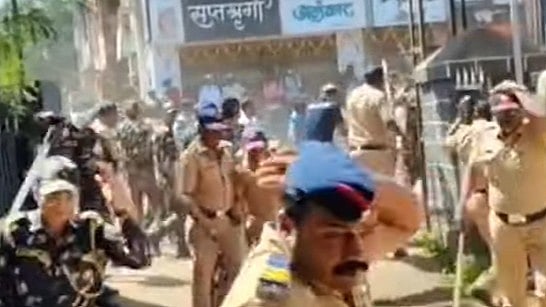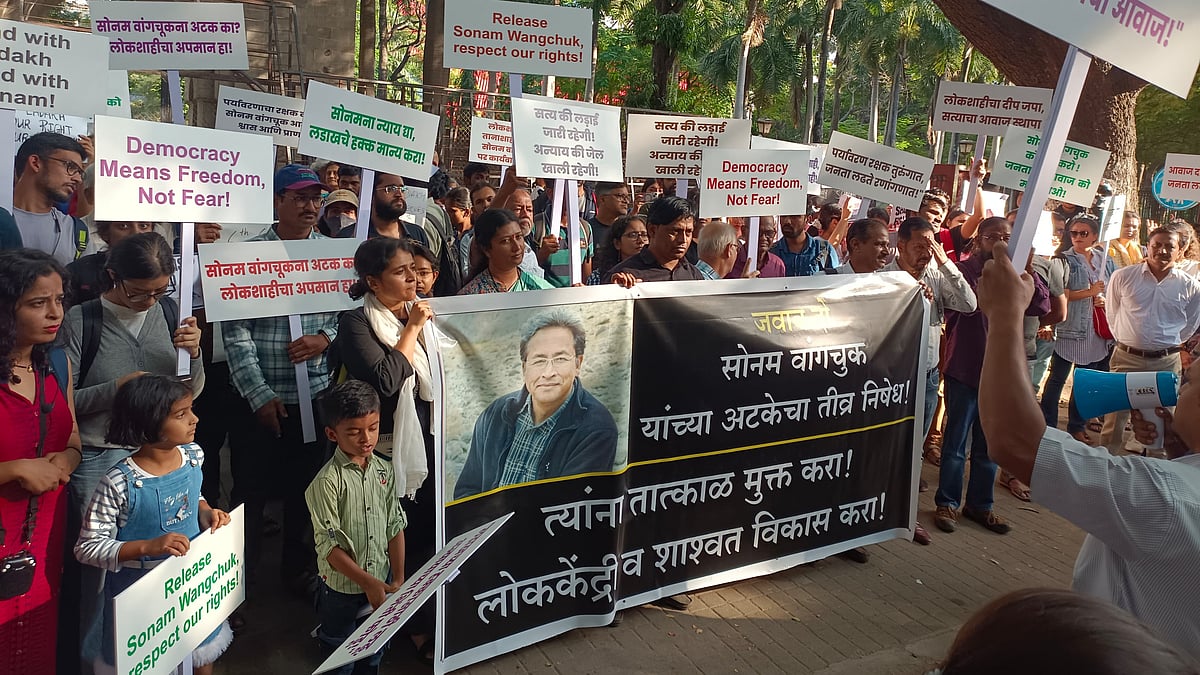Dr Girish Charwad is an Associate Professor at the Bharti Vidyapeeth College of Fine Arts in Pune. In addition to this, he has been assisting the Pune Police by creating facial sketches of criminals based on eyewitness accounts free of cost for over three decades.
From the Rathi murder case of 1994 to the 2024 Bopdev Ghat gangrape case, Charwad played a key role in aiding the Pune Police, becoming an unsung hero in the investigations. So far, he has drawn more than 700 sketches of criminals.
Popularly known as C Garry, a name given to him by the police, Charwad started his artistic journey as a child playing musical instruments such as tabla and sarod. He is also a ceramic potter, designs traditional ceilings and is a poet, among others.


Meanwhile, it was in the year 1994 that Charwad first assisted the cops. On August 26, 1994, six members of the Rathi family and their domestic help were killed at their home in Himanshu Apartment, Shilavihar Colony, in Kothrud. Charwad received a call from a friend, a computer expert who used to help the police, to create a sketch of the suspects. Since then, he hasn't looked back.
In an exclusive conversation with The Free Press Journal, Charwad said, "It is not easy to draw a face which has been seen by others' eyes, especially when the victim or witness is not mentally prepared. Sometimes, we have to tell them stories and draw cartoons to gel with them, and when they get comfortable, we gain their confidence. We need to make their mind stable for recalling the actual incident properly."
Recalling the recent case of gang rape at Bopdev Ghat, the sketch artist said he visited the crime spot to understand how much an eyewitness could observe in the dark. "It helps to understand the perspective and the vision of the eyewitness. By assuming the same situation, art comes perfectly on paper. Investigation of the truth is challenging," he said.
Charwad said that he was once threatened with murder by one of the accused, a sketch of whom he had drawn. "A rape case had occurred in Bibwewadi in 2007. The victim was not stable to speak. She was injured brutally in the attack. By analysing her perspective and reading the expression of the victim, I succeeded in drawing the sketch which matched more than 90 per cent and led to the accused's arrest. He was sentenced to jail for a lifetime. However, I got a threat of murder by him in the court in front of the public," he added.
Charwad had also sketched the faces of Leena and Deepti Devasthali, the mother-daughter duo who murdered Pune-based orthopaedic surgeon Dr Deepak Mahajan in July 2007. The duo had first taken ₹25 lakh from the doctor and then chopped his body and threw it in the Katraj Ghat and Nashik Road areas.
What are the things the government needs to do for the forensic sketch department?
Charwad urged the government to fulfil the basic facilities and to strengthen the manpower of sketch artists. "The government should implement a specific and thorough syllabus of forensic sketch artistry in the education system. Police personnel should receive training in this field. There should be research and development labs in each district in the state. A mobile van equipped with modern technology for sketch artists should be incorporated into the police administration," he said.

Speaking about technology, Charwad emphasised, "The government needs to set up superimposing sessions, working studios and video conferencing labs in every district. These facilities could play a crucial role in proper judgement. Sometimes, we create sketches while video conferencing, so a proper video lab is required. The police also need advanced hidden cameras and iPads to sketch criminals. More trained personnel are needed in each district, and they should be deployed based on their experience. If the number of cases doubles, it becomes difficult," he added.
He further mentioned that 38 policemen have been trained in two batches in sketching. The regular training course lasts for 60 days, but it is not sufficient; extensive practice is needed to create accurate sketches, Charwad concluded.


